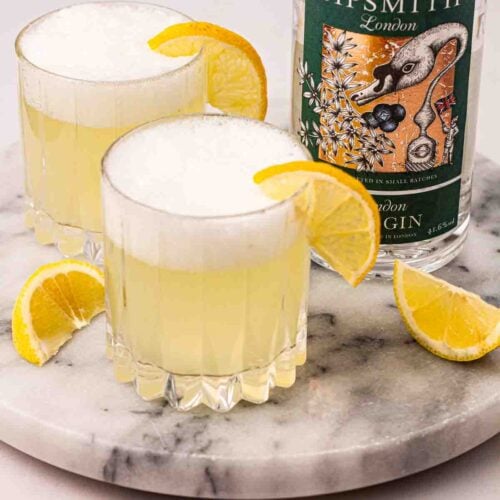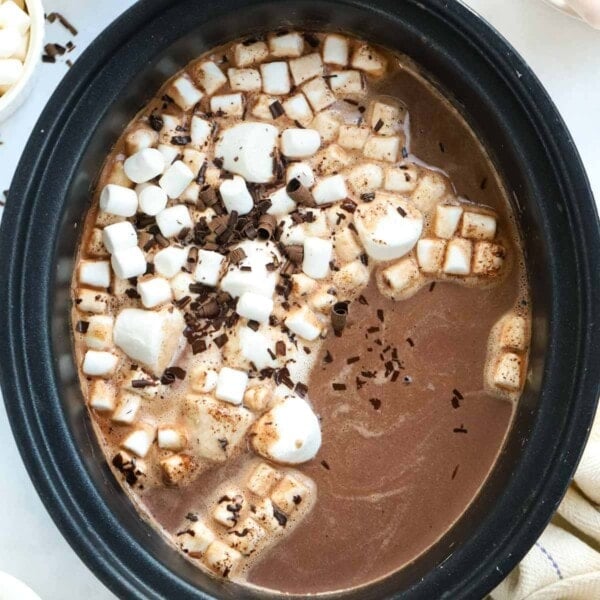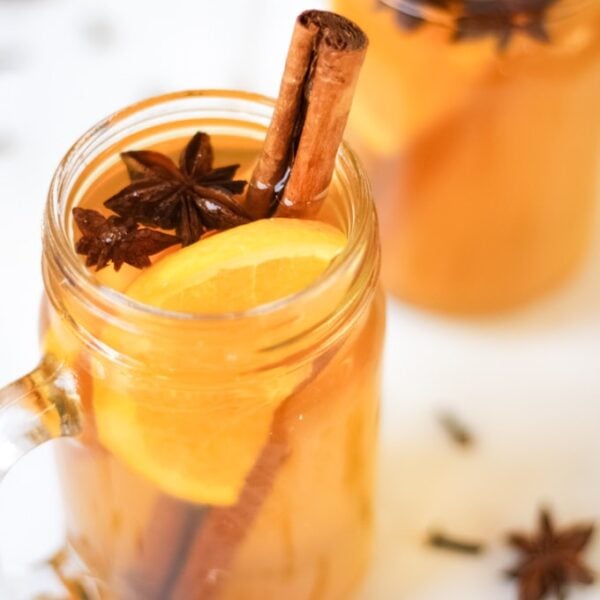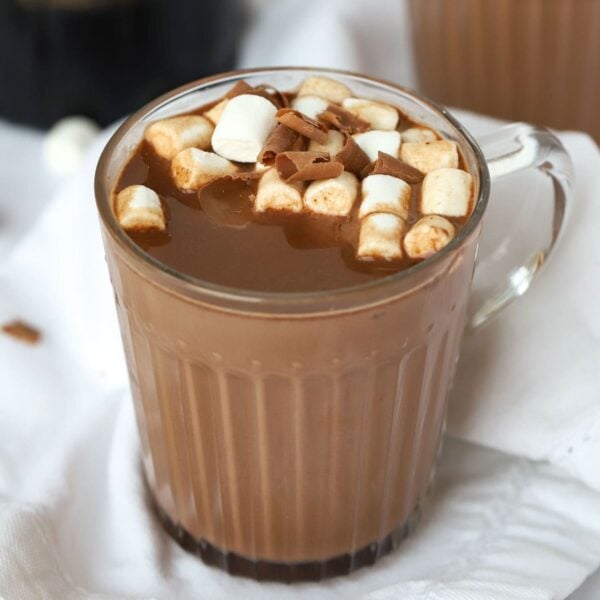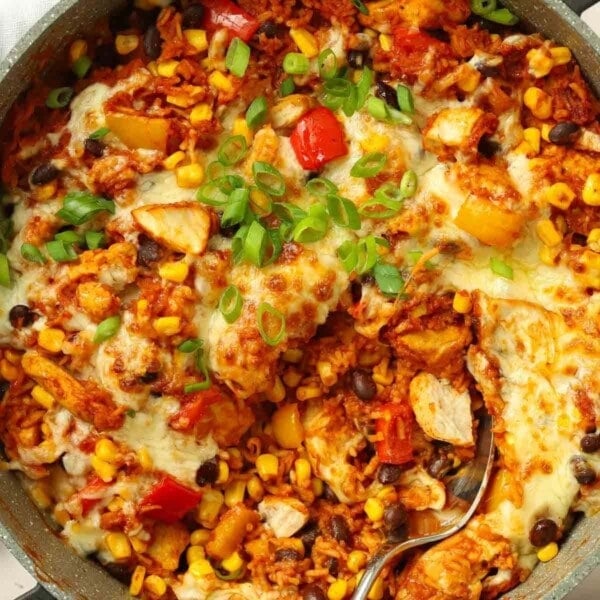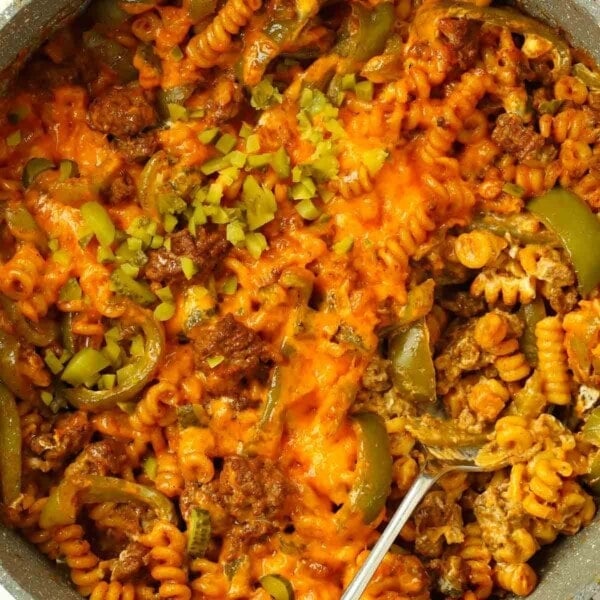This post may contain affiliate links.
This classic Gin Fizz is the perfect tipple for cocktail lovers and is so easy to make! If you’re into gin cocktail recipes, this light, refreshing, frothy one is a must try.

This popular gin cocktail recipe is really simple but something a bit more special than your average G&T.
It’s sweet, zesty, tart and refreshing, and the classic ingredient of egg white shaken with the other ingredients gives it a lovely cloudy, frothy finish and luxury texture.
Give this Gin Fizz a try – it’s fun and delicious!
Why you’ll love this Gin Cocktail recipe
⭐️ Easy to make even for cocktail beginners
⭐️ Rich, indulgent finish
⭐️ Special and impressive tipple to serve
Gin Fizz Ingredients Notes
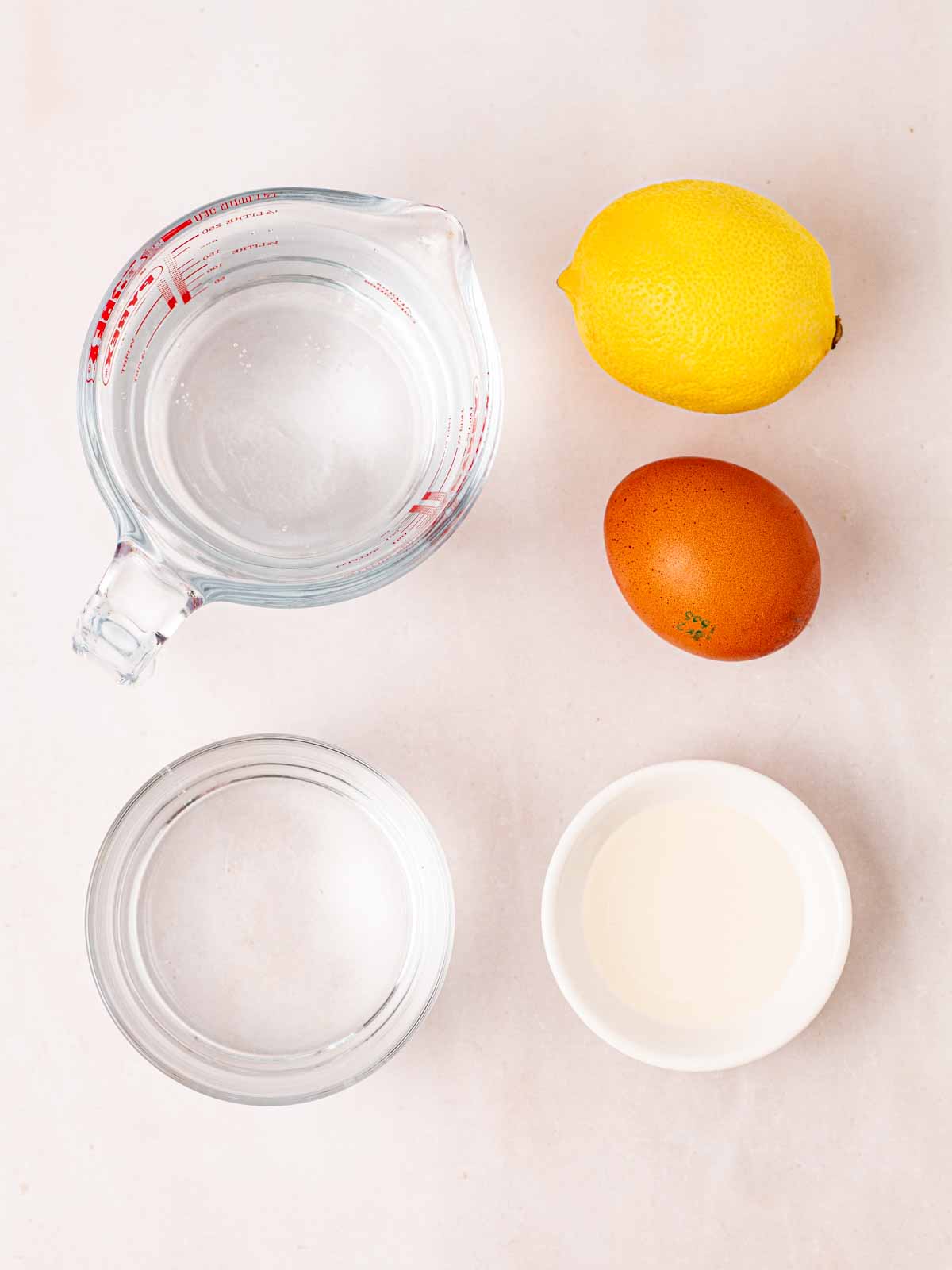
These are the ingredients for making 1 glass, so adjust your ingredients list according to how many you’re making:
- Gin – 45ml/3 tbsp of your favourite
- Lemon – Use the juice of a lemon and slices to garnish
- Egg white – Use 1 egg white per person
- Sugar syrup – They work best with sugar syrup if you have any (you can buy it from most supermarkets in the cocktail section) but 1tsp of icing sugar works fine if you don’t have any
- Soda water- This fizzy finish is a perfect for diluting
- Ice – You’ll need plenty to add to your shaker

Gin Fizz Cocktail Recipe FAQs
It’s a popular cocktail that dates back to the 1870s that is frothy, sweet and tangy. It’s known for being smooth and indulgent with a delicate fizz.
There have been a few spin offs of the original recipe, but this one is the classic combination of gin, lemon, sugar syrup, egg white and soda water for a perfect finish.
Traditionally a London dry gin is best for this recipe to allow the balance of flavours to shine without too much background flavours getting in the way.
That said, if you want to give it a go with flavoured gins then give it a go and let me know your verdict!
If you’re in the UK, eggs with a British Lion stamp on them are safe to eat raw.
If you’re in the US, pasteurised eggs are considered safe. Check the particular protocols in your country’s guidelines.
Yes sure, but take note of how many cocktails are likely to fit in your shaker at once, and go with that.
It’s easier to use one but if you don’t have one you can improvise – a large jam jar is always a decent substitute!
There are a number of slight alterations on this cocktail you could try.
A Ramos Gin Fizz also includes thick cream and orange flower water, a Gin Sour is stronger as it’s made without soda or ice, and a similar take on this (and another very popular cocktail) is a Tom Collins, which is served ON ice and without the egg.
You could also use a sloe gin for a Sloe Gin Fizz, but skip the egg white for this one.
There are lots of alcohol-free gins out there these days, so use your favourite for a delicious mocktail!
Yes, the original recipe uses egg but feel free to leave it out if you like. It will still be delicious.
How to make a Gin Fizz

1. Fill a cocktail shaker with ice.
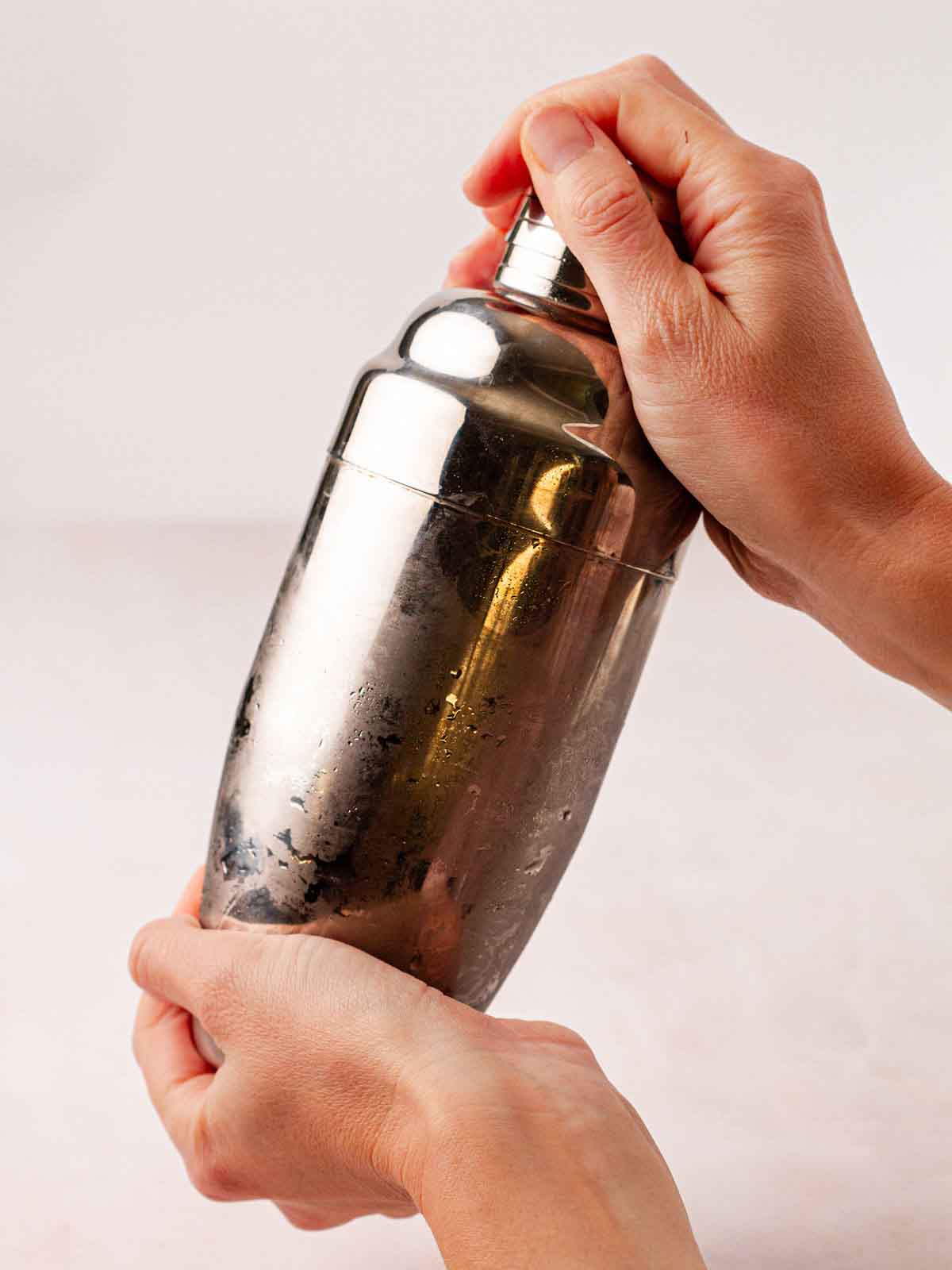
2. Add the gin, egg white, lemon juice and sugar syrup and shake hard until the outside of the shaker or jar is cold.
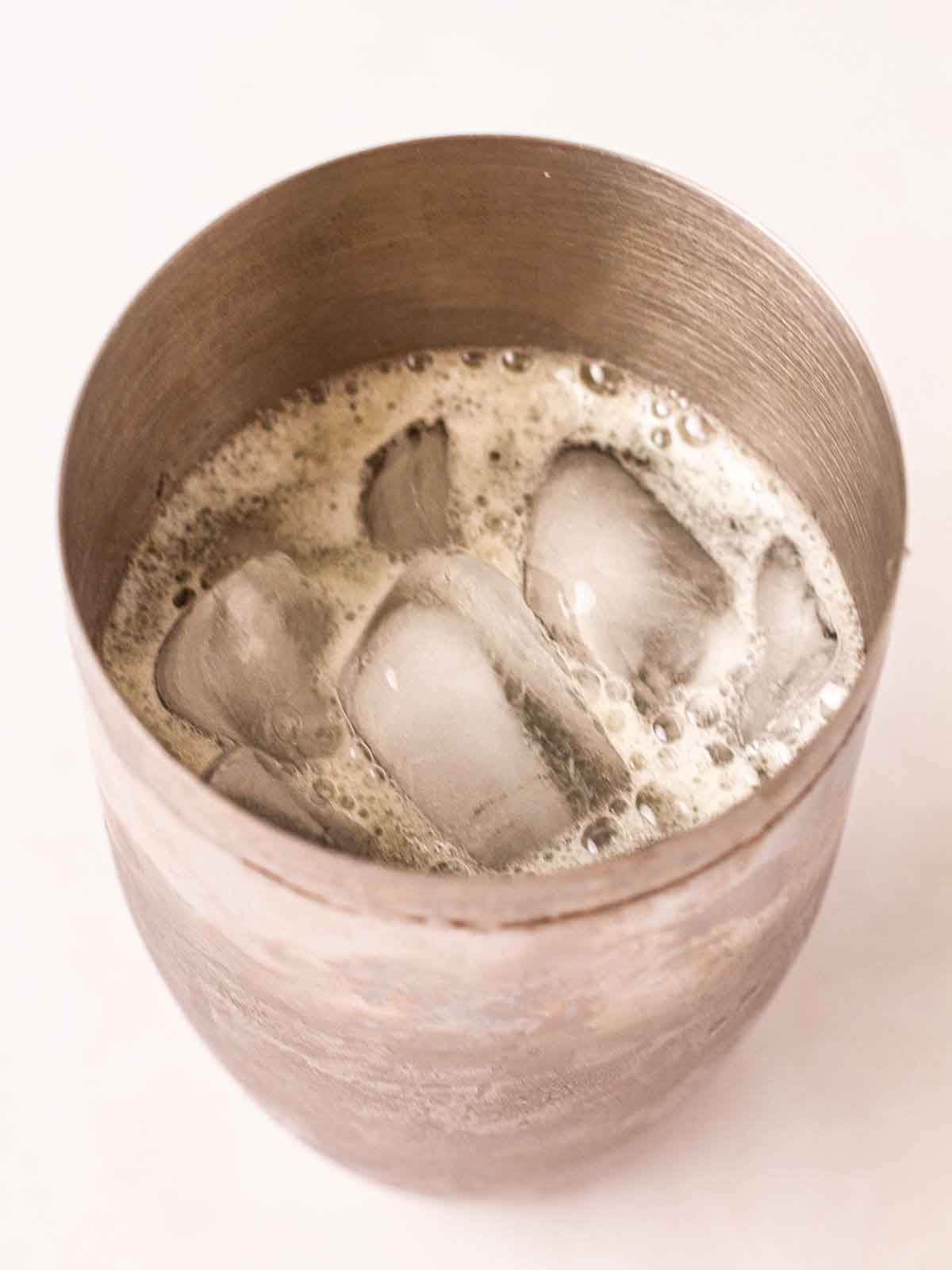
3. Make sure you shake until the egg white has gone frothy.
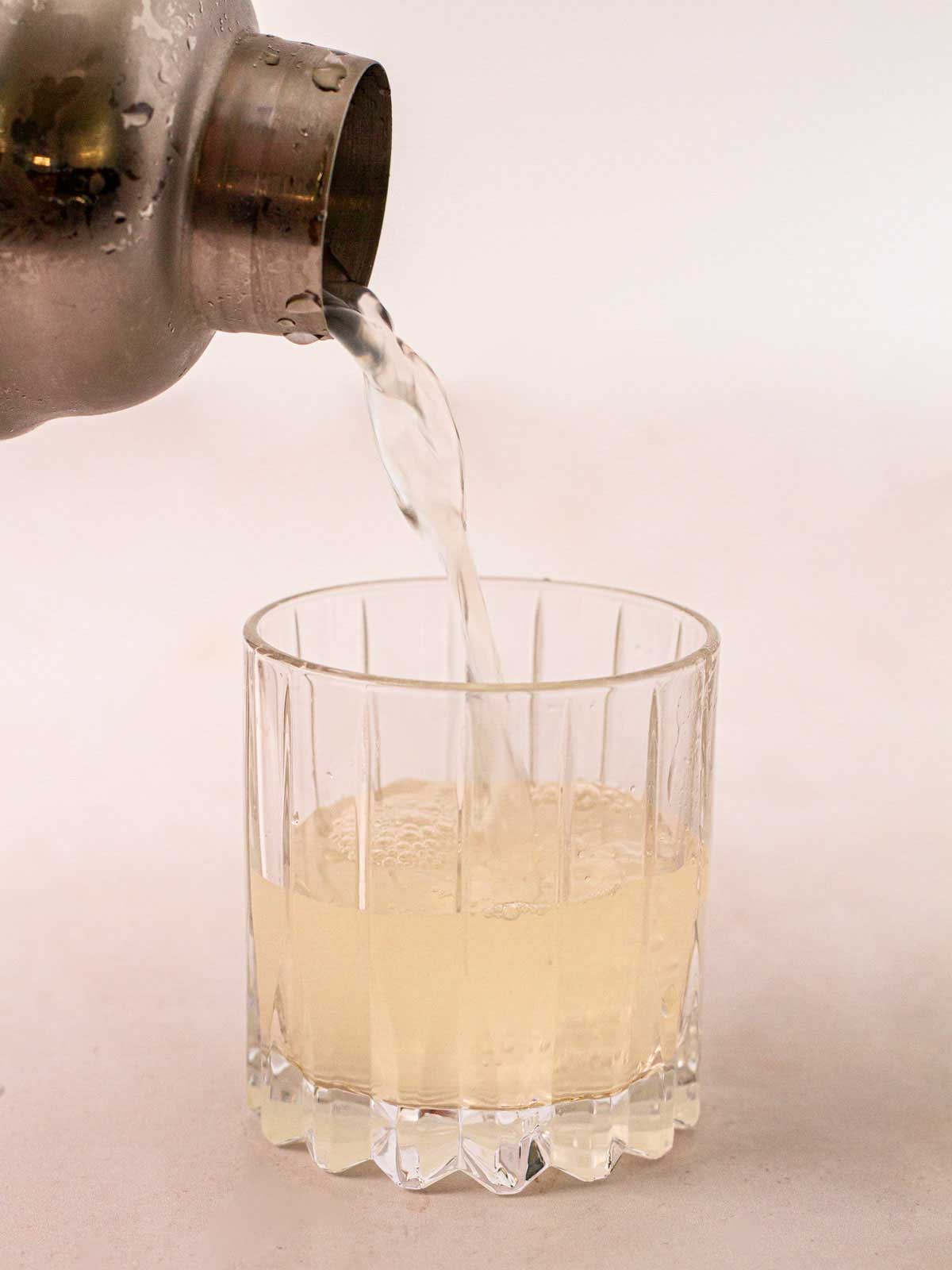
4. Gently strain into glasses (so the ice doesn’t pour in) and top up with soda water. Garnish with lemon slices.
More delicious drinks recipes…
Let me know how you got on and what you thought of these recipes. Please rate the recipe using the ⭐️ below.
Also I’d LOVE to see your cooking creations. If you’d like to share yours with me, you can tag me on Instagram (@tamingtwins).

Gin Fizz Cocktail Recipe
Ingredients
- 45 ml (3 tbsp) Gin
- 30 ml (2 tbsp) Lemon juice, Juice of 1 lemon
- 1 Egg, White only
- 10 ml (2 tsp) Sugar syrup, Or 1 tsp icing sugar
- Soda water, To fill the glass
- Lemon slices, To garnish
Instructions
- Fill a cocktail shaker with ice.
- Add the gin, egg white, lemon juice and sugar syrup and shake firmly until the outside of the shaker or jar is cold.
- Gently strain into glasses (so the ice doesn’t pour in) and top up with soda water.
- Garnish with lemon slices.
Notes
Nutrition
Nutrition information is automatically calculated, so should only be used as an approximation.
This post was originally published on May 4, 2018 and updated later to make improvements.

